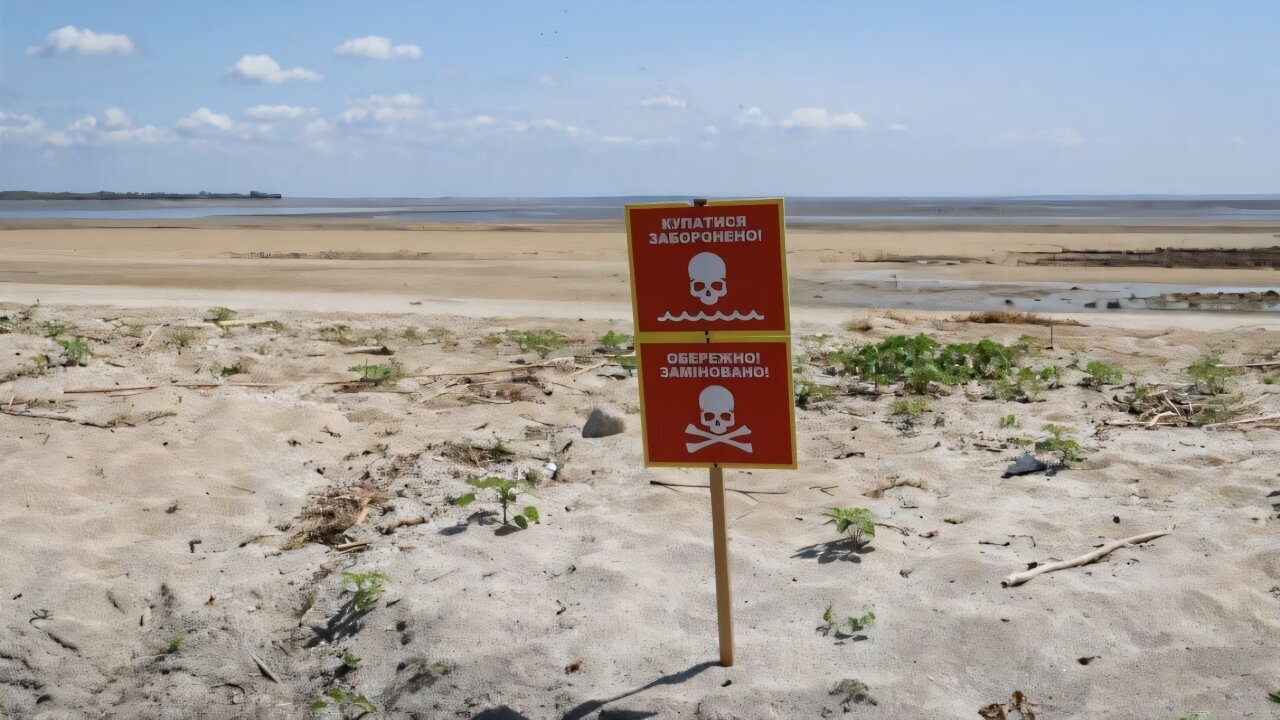Liquid Devastation: How the Kakhovka Dam Breach Could Reshape Ukraine's Environmental Future

Water: A Silent Victim of Armed Conflict
In the brutal landscape of modern warfare, water has emerged as a critical and vulnerable resource, often weaponized and deliberately targeted during armed conflicts. Beyond being essential for human survival, water infrastructure becomes a strategic tool of destruction and manipulation in war zones.
When armed conflicts erupt, water resources and critical infrastructure are frequently transformed from life-sustaining systems into instruments of strategic warfare. Combatants deliberately target water treatment facilities, pipelines, and distribution networks, understanding that disrupting water access can cripple communities more effectively than traditional military tactics.
The devastating consequences extend far beyond immediate military objectives. Destroying water infrastructure creates cascading humanitarian crises, leaving civilian populations vulnerable to disease, displacement, and severe economic disruption. Communities find themselves trapped in a cycle of suffering, where basic survival becomes a daily struggle.
International humanitarian laws increasingly recognize water as a protected resource, yet the reality on the ground often tells a different story. The deliberate targeting of water systems represents a profound violation of human rights, turning this fundamental necessity into a weapon of psychological and physical warfare.
As global conflicts continue to evolve, protecting water resources and infrastructure must become a critical priority for international peacekeeping and humanitarian efforts.








